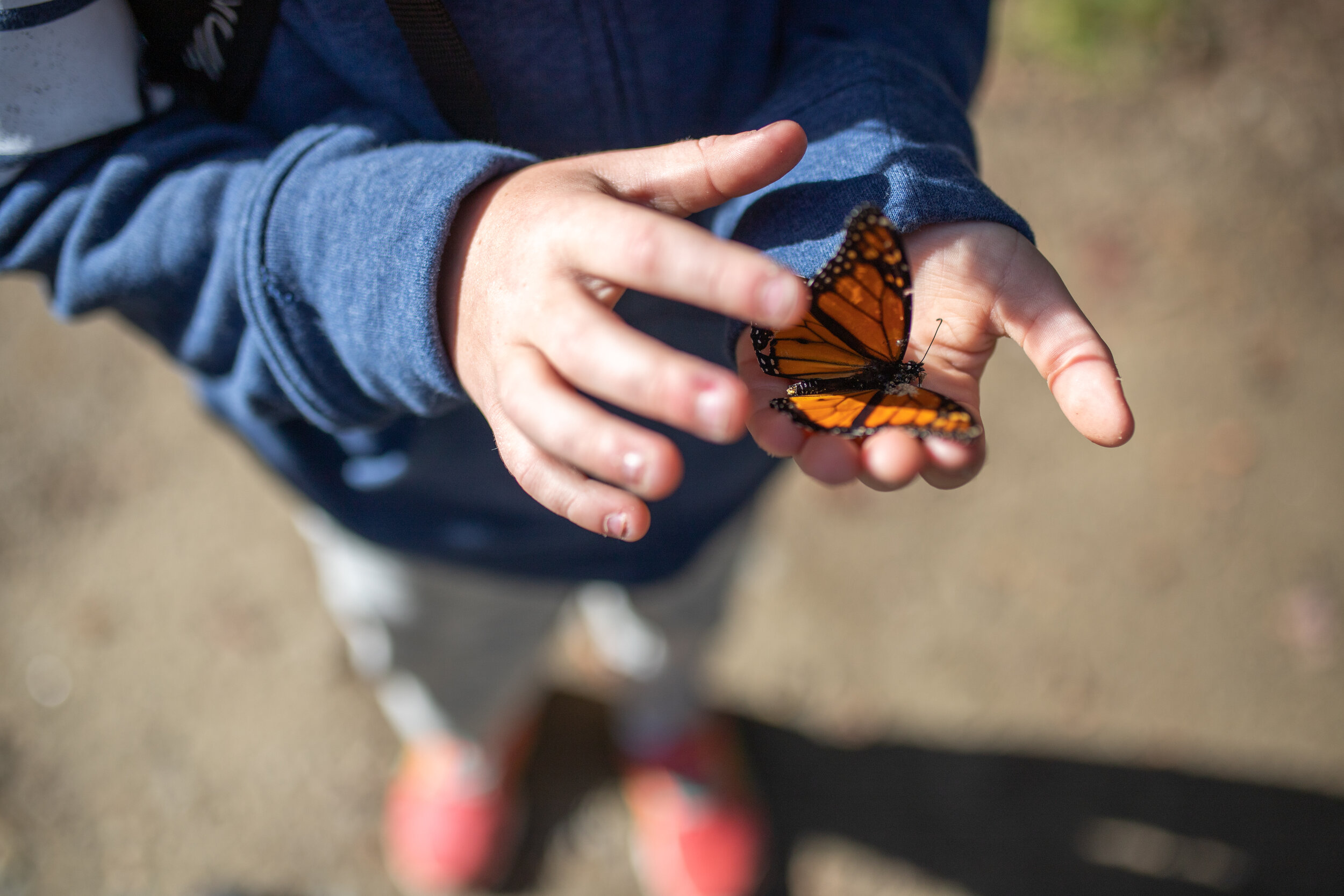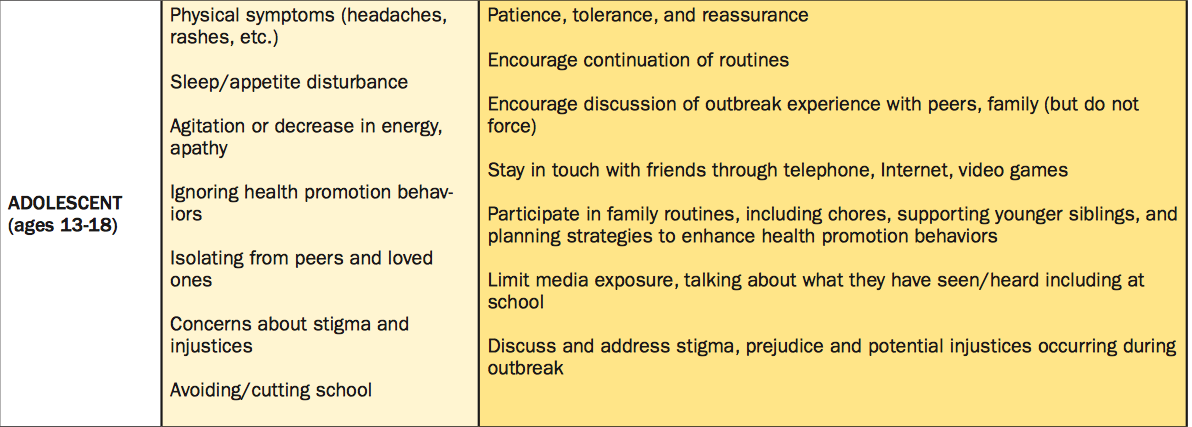Distance Learning Mental Health Resources
/During this time of distance learning amongst a global health pandemic, we know that all of us from parents to students to teachers to administrators have been feeling a vast array of emotions. Whether it is sadness, confusion, stress, panic, or frustration, we recognize that everyone in our community has been juggling a lot as we enter our 8th week away from the Breakwater campus. With that being said, we hope you are finding ways to cope, process, adjust, and find joy during this challenging time.
Over the past several weeks, we have heard from several of our community members with questions around mental health resources, support, and advice as we continue to teach, work, and learn remotely. Guest Teacher Coordinator, Alex Millan, has taken this project on to help gather resources and support for the common questions being asked by our community.
One of the biggest takeaways from distance learning and social distancing is to emphasize that our main focus should be harm reduction. During this time we should meet the world where it’s at and recognize that none of our systems are going to be perfect or fool proof. We all aim to support our students in the best ways that we can during this global health pandemic. As you work through processing emotions and adjusting to new routines with your children at home, we aim to support you and offer resources that can help you and your family. This blog post serves as a summary of Alex’s findings around supporting mental health in addition to external suggested sources that can provide more information.
Helping Your Family Cope and Process
Since our community is made up of toddler - 8th grade learners, Breakwater students will process and respond to this time in different ways depending on their age and development level. However, what does stay consistent despite a child’s age or grade level is the need to maintain routines and still find time for joy throughout the day. Even if your family’s schedule has to be modified from what it would typically be during the school year, committing to a consistent bedtime, wake up time, and meal time helps children feel a heightened sense of security and calm when so much else in the world is changing. Prioritize time spent together as a family or with other caregivers by finding time for activities that your family would normally enjoy throughout the year such as watching movies, cooking together, playing outside, or playing games. For older children, monitor what they are seeing or learning about COVID-19 through social media, the internet, and TV. If they are asking to watch the news, offer to watch it together and talk about it. Also be sure that they are limiting their consumption of media around COVID-19 and are also devoting their time and focus to other interests.
Below is a useful chart (1) that breaks down how children may be reacting to the current pandemic and how to help support their reactions as a parent or guardian.
1 Parent/Caregiver Guide to Helping Families Cope With the Coronavirus Disease 2019 (COVID-19). The National Child Traumatic Stress Network, 1 Mar. 2020, www.nctsn.org/sites/default/files/resources/fact-sheet/outbreak_factsheet_1.pdf
Additional Resources:
“Talking With Children: TIPS FOR CAREGIVERS, PARENTS, AND TEACHERS DURING INFECTIOUS DISEASE OUTBREAKS.” Samhsa.gov, Substance Abuse and Mental Health Services Administration, content.govdelivery.com/attachments/MEHHS/2020/03/02/file_attachments/1390164/talking to children during infectious disease outbreaks.pdf.
Working Through Anxiety
Increased anxiety has certainly been prevalent as our communities shelter in place and practice social distancing during this pandemic. When your child comes to you expressing that they feel overwhelmed, scared, worried or anxious, rather than telling them that everything is ok, use this as an opportunity to talk through what is happening and answer their questions in age appropriate ways. The below websites provide resources and breathing exercises that can help you and your child work through feelings of anxiety
Young, Karen. “Anxiety in Children: A Metaphor to Put You In Their Shoes.” Anxiety in Children: A Metaphor to Put You In Their Shoes, 29 Aug. 2018, www.heysigmund.com/anxiety-children-metaphor-put-shoes-right-beside/
Ehmke, Rachel. “Talking to Kids About the Coronavirus.” Child Mind Institute, childmind.org/article/talking-to-kids-about-the-coronavirus/
Valuing Connection
At Breakwater, we value community and connection. While we are unable to connect person to person on campus, we recommend using opportunities such as school Zoom meetings and phone or video calls with friends and family as valuable time to connect. Although it certainly isn’t the same as time in the classroom or playing in person with friends and family, placing a strong value on connection and relationships even if it looks or feels a little different helps students stay connected to important people in their lives.
For Greater Help and Support
The above resources are meant to help support you and your family during this ever changing time. If you or someone you know is in crisis, please refer to the below source







